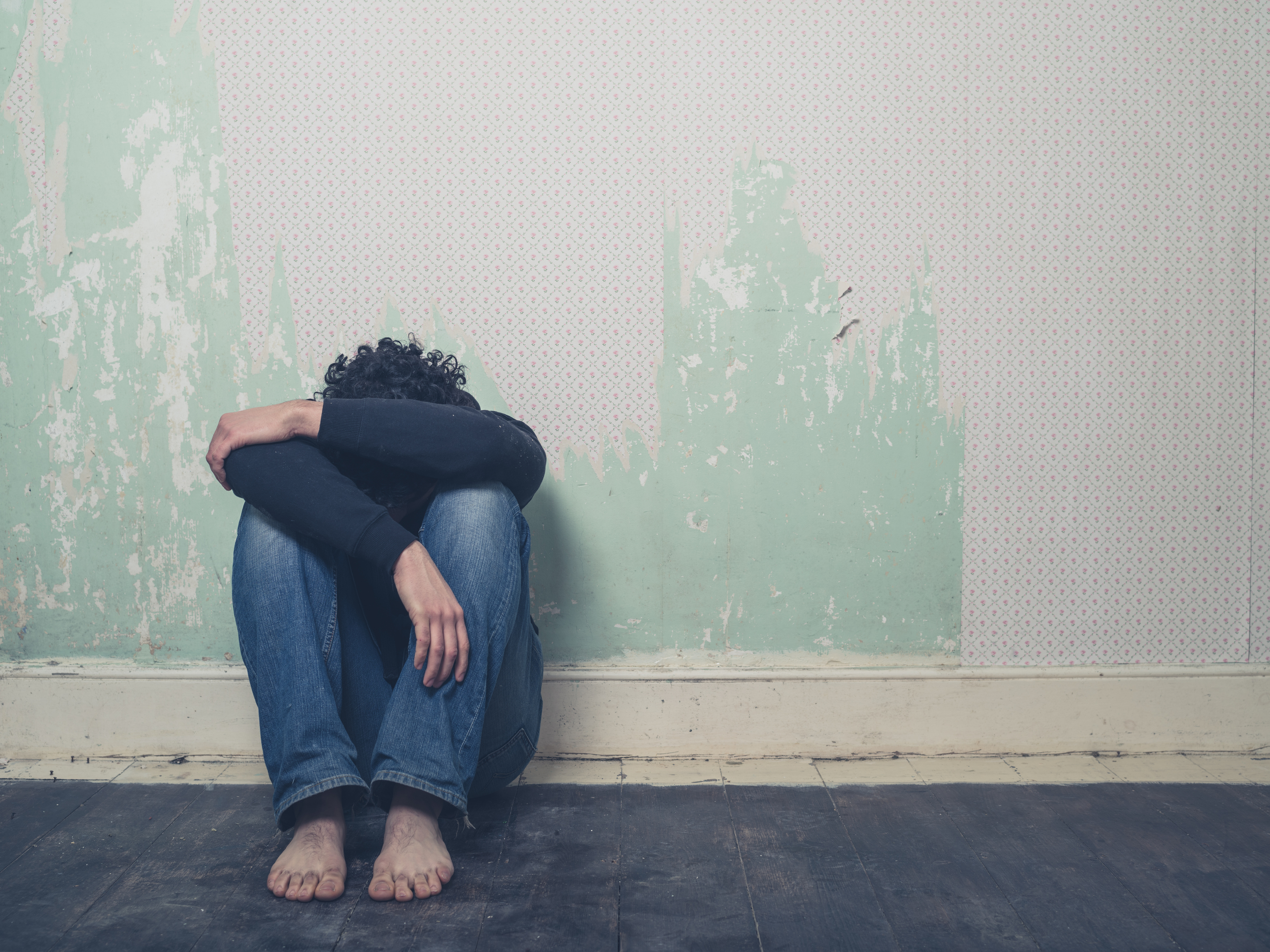
DISRUPTION to the body clock increases the risk of mood disorders and depression, a large study has confirmed.
Scientists at the University of Glasgow looked at the circadian rhythms – which control functions including sleep patterns, body temperature, our immune systems and the release of hormones – of more than 90,000 people to measure daily rest-activity rhythms, called relative amplitude.
Individuals with lower relative amplitude were found to be at greater risk of several adverse mental health outcomes, even after adjusting for confounding factors, such as age, sex, lifestyle, education and previous childhood trauma.
Dr Laura Lyall said: “In the largest such study ever conducted, we found a robust association between disruption of circadian rhythms and mood disorders.
“Previous studies have identified associations between disrupted circadian rhythms and poor mental health, but these were on relatively small samples.”
Circadian rhythms are variations in physiology and behaviour that recur every 24-hours, such as the sleep-wake cycle and daily patterns of hormone release.
The study, published in The Lancet Psychiatry, found that in addition to increased risk of depression and bipolar disorder, lower relative amplitude was also associated with low subjective ratings of happiness and health satisfaction.
Daniel Smith, professor of psychiatry and senior author of the study, said: “This is an important study demonstrating a robust association between disrupted circadian rhythmicity and mood disorders.
“The next step will be to identify the mechanisms by which genetic and environmental causes of circadian disruption interact to increase an individual’s risk of depression and bipolar disorder.
“This is important globally because more and more people are living in urban environments that are known to increase risk of circadian disruption and, by extension, adverse mental health outcomes.”

Enjoy the convenience of having The Sunday Post delivered as a digital ePaper straight to your smartphone, tablet or computer.
Subscribe for only £5.49 a month and enjoy all the benefits of the printed paper as a digital replica.
Subscribe